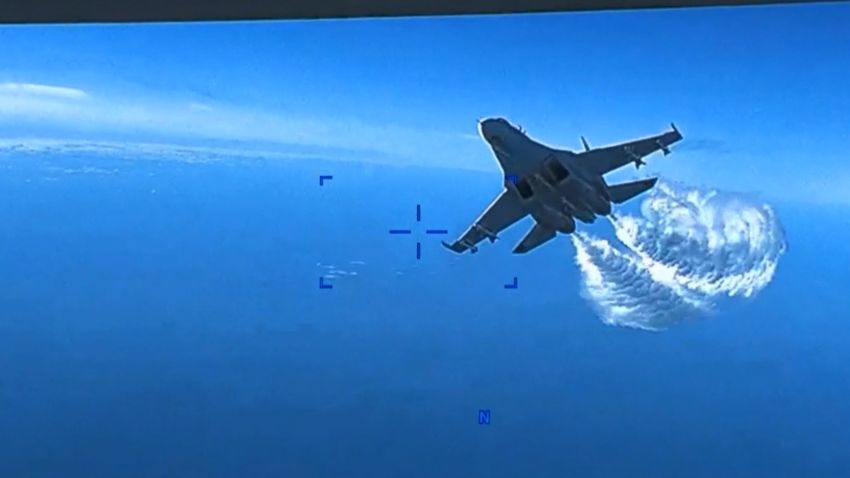
US releases video of Russian fighter jet forcing down reaper drone
01:09 - Source: CNN
- Chinese leader Xi Jinping will visit Russia next week for the first time since Moscow’s invasion of Ukraine began, Beijing and the Kremlin confirmed Friday.
- Two NATO members have granted Kyiv’s repeated requests for aircraft in order to shore up its air defense — Poland will transfer four and Slovakia will send 13 MiG-29 fighter jets.
- The US believes Russia has recovered some debris in the Black Sea from the downed US surveillance drone, a US official familiar with the matter told CNN.
- Wagner boss Yevgeny Prigozhin renewed his complaints of inadequate munitions supplies in the latest sign of the group’s isolation from the Kremlin as it fights for Ukraine’s Bakhmut.

MiG-29 aircraft flies above Sliac in Slovakia on July 8, 2016.
(Slavek Ruta/Shutterstock)Slovakia will send 13 MiG-29 fighter jets to Ukraine, Prime Minister Eduard Heger said Friday, making it the second NATO member to pledge the aircraft after Poland.
“Promises must be kept and when [Ukrainian President Volodymyr] Zelensky asked for more weapons including fighter jets, I said we’ll do our best. Glad others [are] doing the same,” Heger said on twitter.
Military aid is key, he added, to ensure Ukraine “can defend itself” and Europe against Russia.
Some context: Poland has already announced that it will transfer four MiG-29 fighter jets to Ukraine in the coming days.
Polish President Andrzej Duda said the planes – from about a dozen that it had inherited from the former German Democratic Republic – would be handed over after being serviced.
The White House said Thursday that Poland’s decision to send the fighter jets is a “sovereign decision” that won’t spur US President Joe Biden to send F-16 aircraft.

Russian President Vladimir Putin and Chinese leader Xi Jinping meet in Beijing on February 4, 2022.
(Kremlin Press Office/Anadolu Agency/Getty Images)Chinese leader Xi Jinping and Vladimir Putin declared a “no-limits” friendship in February last year, when the Russian President visited Beijing for the opening ceremony of the Winter Olympics.
Weeks later, Russian tanks rolled into Ukraine.
Since then, China has refused to condemn Russia’s invasion — or referred to it as such, instead blaming the advance of NATO for provoking the conflict and repeating the Kremlin’s stance.
It has also provided diplomatic support for Moscow, while strengthening economic and military ties to its northern neighbor.
In recent weeks Western officials have begun publicly raising concerns that China may be considering providing Russia with lethal military assistance, an accusation denied by Beijing.
Here’s a timeline of closer relations between Beijing and Moscow:
- Last month, Putin hosted China’s top diplomat Wang Yi in Moscow just days before the anniversary of the Kremlin’s full-scale invasion of Ukraine. The high-profile visit was widely believed to be a precursor to a meeting between Putin and Xi.
- Putin told Wang relations between his country and China are “reaching new milestones,” while Wang vowed to “further strengthen our comprehensive strategic partnership.”
- Wang arrived in Moscow after US officials went public with concerns about how China’s continuing partnership with Russia could have an impact on the war in Ukraine — and hours after Putin made a major speech on the conflict, in which he announced plans to suspend Russia’s involvement in its last remaining nuclear arms treaty with the US.
- Putin and Xi last held a virtual meeting in December, in which the Russian leader described relations between the two nations as “the best in history,” saying they could “withstand all tests.” Putin also invited Xi to visit Moscow in the spring of 2023.
- The two leaders have forged a close personal connection, with Xi describing Putin as a “best friend” in 2019. Xi has met Putin in person 39 times since becoming China’s leader, most recently in September during a summit in central Asia.
Read more here.

Chinese Foreign Ministry spokesman Wang Wenbin speaks at a news conference in Beijing on August 18, 2022.
(Kyodo News/Getty Images)Xi Jinping’s upcoming visit to Russia is for “peace” and China will uphold its “objective and impartial position” on international and regional issues including the Ukraine crisis, a Chinese Foreign Ministry spokesperson said Friday.
Xi’s trip comes as Beijing attempts to present itself as a neutral peace broker in the Ukraine war and as it struggles to balance its “no-limits” relationship with Moscow and fraying ties with the West.
Western officials have also raised concerns that China may be considering providing Russia with lethal military assistance, an accusation denied by Beijing.
CNN reported last month that the US has intelligence suggesting the Chinese government is considering providing Russia with drones and ammunition for use in the war in Ukraine, with sources familiar with the intelligence saying negotiations between Russia and China about the price and scope of the equipment were ongoing.
China and Russia’s deep defense spending ties have not changed even in face of Moscow’s invasion of Ukraine, customs records reviewed by CNN have also showed.
Speaking at the briefing Friday, Wang said China has always taken a “prudent and responsible” attitude and controlled the export of military and civil dual-use items in accordance with the law.
Economic and trade cooperation between China and Russia is “open and transparent,” he said.
Without naming any specific country, Wang also appeared to criticize the United States, saying China opposes “unilateral sanctions and long-arm jurisdiction without a basis in international law and without the authorization of the [UN] Security Council.”
He also accused some countries of a “double standard” on arm sales, saying they are “pouring oil on the fire” on the Ukraine issue.
Chinese leader Xi Jinping’s planned trip to Russia on Monday for a state visit comes as Beijing attempts to present itself as a neutral peace broker in the Ukraine war and as it struggles to balance its “no-limits” relationship with Moscow and fraying ties with the West.
Chinese Foreign Ministry spokesperson Wang Wenbin on Friday repeated Beijing’s often-stated position that China-Russia relations are based on the principles of “non-alignment, non-confrontation and non-targeting of third parties.”
Wang said Xi will discuss bilateral relations with Russian President Vladimir Putin and “major international and regional issues,” while drawing a new blueprint for the two countries’ relations and deepening cooperation in various fields.
Last month, China’s Foreign Ministry released a position paper on the Ukraine war that called for a resumption of peace talks, an end to unilateral sanctions, and stressed Beijing’s opposition to the use of nuclear weapons — a stance Xi communicated to Western leaders last year.
But Beijing’s claim to neutrality has been severely undermined by its refusal to acknowledge the nature of the conflict — it has so far avoided calling it an “invasion” — and its diplomatic and economic support for Moscow.
Western officials have also raised concerns that China may be considering providing Russia with lethal military assistance, an accusation denied by Beijing.
Wang, the Foreign Ministry spokesperson, appeared to take aim at China’s Western critics Friday, without naming any country specifically.
He said the partnership between Russia and China will “benefit both the two peoples and the world,” which is “completely different from the approach of certain countries that cling to the Cold War mentality, gang up on each other, engage in small circles and confrontations, and hegemonize and bully others.”

Chinese President Xi Jinping at The Great Hall of People on October 23, in Beijing, China.
(Lintao Zhang/Getty Images)Chinese leader Xi Jinping will visit Russia next week at the invitation of Russian President Vladimir Putin, according to a statement from the Chinese Foreign Ministry.
“At the invitation of President Vladimir Putin of the Russian Federation, President Xi Jinping will pay a state visit to Russia from March 20 to 22,” Chinese Foreign Ministry spokesperson Hua Chunying said in a statement on the ministry’s website Friday.
It will be Xi’s first visit to Russia since Putin invaded Ukraine last year.
The Kremlin confirmed the visit would take place, saying the two leaders would discuss “strategic cooperation.”
“During the talks, topical issues of further development of comprehensive partnership relations and strategic cooperation between Russia and China will be discussed,” the Kremlin said Friday.
“An exchange of views is also planned in the context of deepening Russian-Chinese cooperation in the international arena,” the Kremlin added. “A number of important bilateral documents will be signed.”
Some context: The visit comes as China tries to present itself as a neutral peace broker on Ukraine, but the effort has been met with skepticism in Western capitals due to Beijing’s growing partnership with Moscow.
China has refused to condemn Russia’s attack on Ukraine — or referred to it as an “invasion,” instead blaming the advance of NATO for provoking the conflict.
It has also provided diplomatic support for Moscow, while expanding trade and military ties to its northern neighbor.
Western officials have also raised concerns that China may be considering providing Russia with lethal military assistance, an accusation denied by Beijing.
Read more here.

Yevgeny Prigozhin attends a meeting in Moscow, Russia on July 4, 2017.
(Sergei Ilnitsky/Reuters)Wagner chief Yevgeny Prigozhin on Thursday repeated his complaints of inadequate munitions supplies from Russia in yet another sign of the mercenary group’s growing isolation from the Kremlin with his fighters locked in fierce fighting for the Ukrainian city of Bakhmut.
“Shells are being made, but we don’t have any for some reason. But the global reason, I think, is the following. Wagner PMC is the most effective unit, and all the military know this,” Prigozhin said in a video interview published by the outlet RIAFAN.
The media group is is part of Prigozhin’s holding company Concord and believed to be associated with the troll factory he admitted having funded.
Prigozhin placed a bet on his mercenaries raising the Russian flag in Bakhmut, albeit at a considerable cost to the ranks of his force and probably to his own fortune.
He spent heavily on recruiting as many as 40,000 prisoners to throw into the fight, but after months of grinding battle and staggering losses he is struggling to replenish Wagner’s ranks, all the while accusing Russia’s Ministry of Defense of trying to strangle his force.
Many analysts think his suspicions are well-founded — that Russia’s military establishment is using Bakhmut as a “meat-grinder” to cut his forces down or eliminate him as a political force altogether.
“The merit of our work is not that our fighters are made of just anything, they are made of the same exact meat: exactly the same hands, exactly the same feet, and 40% and 50% of them are exactly the same former military personnel as those who are working now,” Prigozhin said in the interview Thursday.
Wagner has made incremental gains around Bakhmut and now holds the eastern part of the city. But it seems unable to generate enough force to expel Ukrainian forces from the rest of Bakhmut. And its fighters are spread thin as they push northwest and southwest beyond the city.
A secret plan drawn up by Russia’s security service, the FSB, lays out detailed options to destabilize Moldova — including supporting pro-Russian groups, utilizing the Orthodox Church and threatening to cut off supplies of natural gas.
The document appears to have been drawn up to thwart Moldova’s tilt to the West, which includes closer relations with NATO and an application to join the European Union. It repeatedly refers to the importance of preventing Moldova from joining NATO.
It was obtained and first disclosed by a consortium of media, including VSquare and Frontstory, RISE Moldova, Expressen in Sweden, the Dossier Centre for Investigative Journalism and other outlets.
CNN has seen the full document, which appears to have been written in 2021 by the FSB’s Directorate for Cross-Border Cooperation. Its title is “Strategic objectives of the Russian Federation in the Republic of Moldova.”
The document sets out a 10-year strategy for bringing Moldova, a former Soviet republic sandwiched between Ukraine and Romania, within Russia’s sphere of influence.
The plan includes making Moldova dependent on imports of Russian gas and stirring up social conflict, as well as trying to block Moldova’s efforts to gain influence in the pro-Russian breakaway region of Transnistria, where some 1,500 Russian soldiers are stationed.
Ukraine border: Russia has accused Ukraine of planning to invade and take over Transnistria, which borders southwestern Ukraine. The Russian defense ministry said last month that the Ukrainians were gathering armor in several border villages. Moldova and Ukraine have both dismissed the claim.
Russia’s response: Asked about the document Thursday, Kremlin spokesperson Dmitry Peskov said: “We know nothing of the existence of such a plan. I do not rule out that this is another fake. Russia has always been and remains open to building good-neighborly, mutually beneficial relations, including with Moldova.”
Peskov added: “We are very sorry that the current leadership of Moldova is experiencing completely unjustified and unfounded prejudices against Moscow.”
Read the full story here.
Russia is ramping up its presence in the Black Sea with what Ukraine’s military says is a “rather atypical number of ships.” The increased number of vessels could be intended as a “demonstration of dominance at sea” after Tuesday’s downing of a US drone by a Russian fighter jet, the military said.
If you’re just now catching up, here’s what else you should know:
- Drone downing: The US is conducting an assessment of its drone operations in the Black Sea area, weighing the costs and benefits of the flights, several officials told CNN. The Pentagon plans to compare the potential intelligence value of a particular route versus the risk of escalation with Russia, they said. In the meantime, the US believes Russia has recovered some debris from the surveillance drone, an official familiar with the matter told CNN. Russian Foreign Ministry spokesperson Maria Zakharova said Thursday that it’s important to keep open the lines of communication between Washington and Moscow following the incident. In Washington, US Sen. Mark Warner said the Senate Intelligence Committee awaits more information on the drone downing, but that it was a clear sign Moscow was “on its back heels.”
- Putin’s address: President Vladimir Putin accused the West of hitting Russia with a “sanctions war,” which he blamed for the country’s decline in GDP. In an address to business executives, the president also said despite some “systemic issues with logistics, finances and technologies,” huge opportunities are opening up in the country for almost any area of business activity.
- Poland’s fighter jets: Poland is set to provide Ukraine with four MiG-29 fighter jets in the coming days, Polish President Andrzej Duda said on Thursday, becoming the first NATO country to do so. According to the White House, the decision won’t spur President Joe Biden to send US F-16 aircraft. US Secretary of State Antony Blinken said provisions of military aid to Ukraine by individual nations are “sovereign decisions.”
Other news:
- Ukrainian officials held discussions Thursday with leaders of the United Kingdom, China, the United States, Latvia and Estonia.
- At least one person was killed and seven others wounded in Ukraine’s Donetsk region as a result of Russian shelling, a local official said.

MIG-29 fighter jets of the Polish Air Force take part in a NATO shielding exercise at the Lask Air Base on October 12, in Lask, Poland.
(Omar Marques/Getty Images)Poland’s decision to send Soviet-era MiG-29 fighter jets to Ukraine is a “sovereign decision” that won’t spur President Joe Biden to send US F-16 aircraft, according to the White House.
Biden has said shipments of US fighter jets aren’t in the cards at the moment, though he hasn’t ruled it out entirely.
The pledge from Poland to send four jets, which is a break from other NATO partners, doesn’t alter that decision-making, said John Kirby, a top official at the US National Security Council.
“These are sovereign decisions for any country to make and we respect those sovereign decisions,” he said, adding later, “They get to determine not only what they’re going to give but how they’re going to characterize it.”
Kirby declined to endorse the decision, saying he didn’t think it was the US’ place “to characterize Poland’s decision one way or another.”
Yevgeny Prigozhin, the combative boss of Russia’s Wagner private military group, relishes his role as an anti-establishment maverick, but signs are growing that the Moscow establishment now has him pinned down and gasping for breath.
Prigozhin placed a bet on his mercenaries raising the Russian flag in the eastern Ukrainian city of Bakhmut, albeit at a considerable cost to the ranks of his force and probably to his own fortune.
He spent heavily on recruiting as many as 40,000 prisoners to throw into the fight, but after months of grinding battle and staggering losses he is struggling to replenish Wagner’s ranks, all the while accusing Russia’s Ministry of Defense of trying to strangle his force.
Many analysts think his suspicions are well-founded — that Russia’s military establishment is using the Bakhmut “meat-grinder” to cut him down to size or eliminate him as a political force altogether.
At the weekend, Prigozhin acknowledged that the battle in Bakhmut was “difficult, very difficult, with the enemy fighting for each meter.”
In another video message, Prigozhin said: “We need the military to shield the approaches (to Bakhmut). If they manage to do so, everything will be okay. If not, then Wagner will be encircled together with the Ukrainians inside Bakhmut.”
Just when Prigozhin most needed the support of regular Russian forces and a reliable flow of munitions, neither appears to be available.
Wagner has made incremental gains around Bakhmut and now holds the eastern part of the city. But it seems unable to generate enough force to expel Ukrainian forces from the rest of Bakhmut. And its fighters are spread thin as they push northwest and southwest beyond the city.
The Washington-based Institute for the Study of War (ISW) think tank assesses that Defense Minister Sergei Shoigu “is likely seizing the opportunity to deliberately expend both elite and convict Wagner forces in Bakhmut in an effort to weaken Prigozhin and derail his ambitions for greater influence in the Kremlin.”
Read the full analysis here.
The US believes Russia has recovered some debris in the Black Sea from the downed US surveillance drone, a US official familiar with the matter told CNN. The official described the recovered wreckage as pieces of fiberglass or small bits of the MQ-9 Reaper drone.
CNN reported on Wednesday that Russia had reached the location where the US surveillance drone went down in the Black Sea, approximately 70-80 miles southwest of Crimea.
But the Biden administration downplayed the significance of the drone wreckage or the potential to glean any sensitive intelligence from the remains of the aircraft.
“We made it impossible for them to be able to glean anything of intelligence value off the remnants of that drone, whatever remnants there might be on the surface of the water,” John Kirby, the National Security Council strategic communications coordinator, told CNN on Wednesday.
After the collision between the US drone and the Russian fighter jets early Tuesday morning, the drone operators took steps to erase the sensitive software of the drone before it fell into the Black Sea, according to US officials.
“Whatever’s left … that’s floating will probably be flight control surfaces, that kind of thing. Probably nothing of real intrinsic value to them in terms of terms of reengineering or anything like that,” Kirby said.
The drone landed in water that may be nearly a mile deep, Joint Chiefs Chair Gen. Mark Milley said at a news conference on Wednesday.
Ukrainian officials have held a number of discussions with leaders of other countries Thursday. Here’s what they spoke about:
- UK: Ukrainian President Volodymyr Zelensky and UK Prime Minister Rishi Sunak had a telephone conversation in which they talked about the frontline situation around Bakhmut, plus defense and economic support.
- China: Ukrainian Foreign Minister Dmytro Kuleba and his Chinese counterpart Qin Gang “discussed the significance of the principle of territorial integrity,” and promoted Ukraine’s peace proposal in a call, Kuleba said.
- US: Kuleba said in a tweet that he and US Secretary of State Antony Blinken discussed Ukraine’s “peace formula” and ways to speed up the delivery of artillery ammunition, saying that partners are working “around the clock” to guarantee much-needed ammunition.
- Latvia: Ukrainian Prime Minister Denys Shmyhal met with his Latvian counterpart Krisjanis Karins in Kyiv on Thursday, where they talked about developing new logistics routes, strengthening trade and economic ties, and EU and NATO membership.
- Estonia: According to a statement released by the Ukrainian presidency, Deputy Head of the Office of the President of Ukraine Ihor Zhovkva met with Estonia’s Deputy Minister of Foreign Affairs Kyllike Sillaste-Elling. Some of the topics they discussed included military aid, reconstruction efforts and a Ukraine peace formula, according to the statement.
Separately, UK Foreign Minister James Cleverly made an official state visit to Moldova, where he said he believes the best way to protect the country from a Russian attack is not by sending it military support, but by protecting Ukraine.
The stunning aerial video of a Russian jet buzzing and then apparently hitting a US drone over the Black Sea vividly shows how the war in Ukraine could spin out of control.
But if there is anything comforting to take away from the drama, it seems the two nuclear powers are determined to prevent that worst-case scenario of the conflict from happening.
Clearly, the showdown, which has resulted in angry rhetoric being flung between Washington and Moscow but nothing more, would have been far worse if the US Reaper drone that was downed had been a manned aircraft.
The fact a drone was involved has allowed both sides to calibrate their language to avoid an escalation. It has also shown the value of military to military contacts between Russia and the US. Secretary of Defense Lloyd Austin revealed on Wednesday that he had spoken to his counterpart in Moscow. And Gen. Mark Milley, the chairman of the Joint Chiefs of Staff, said he had similar contacts planned. In another theater of operations, the Pacific, where US and Chinese jets and ships often come in close contact, such military-to-military dialogue has been suspended at various points — a scenario the incident over Ukraine reveals as highly dangerous.
Tensions between Russia and the West that were worsened by the drone incident are likely to ramp up further with the news that Poland will send Ukraine four MiG jets that were once in the inventory of the former East Germany in the Cold War-era Warsaw pact. The move marks an important milestone in the West’s aid to Kyiv and answers a long-standing request by the government there. But it is not as inflammatory as a decision to send more advanced US-made F-16 planes at Ukraine’s request would have been. The US and its allies have so far not signed off on such a step.
Read the full analysis here.
Poland on Thursday pledged it would send four MiG-29 fighter jets to Ukraine, the first NATO member to do so, in a significant move in Kyiv’s battle to resist Russia’s onslaught.
President Andrzej Duda said the planes — from about a dozen that it had inherited from the former German Democratic Republic — would be handed over in the coming days after being serviced.
“When it comes to the MiG-29 aircraft, which are still operating in the defense of Polish airspace, a decision has been taken at the highest levels, we can say confidently that we are sending MiGs to Ukraine,” Duda said.
Warsaw has taken a lead among NATO allies in supplying Kyiv with heavy weapons. The announcement that Poland will send the Soviet-designed planes marks a step beyond the rest of the alliance’s commitments, and could put pressure on other member states to do the same. Other NATO nations have been reluctant to move far beyond a decision earlier this year to send tanks to Kyiv, and the US insisted Thursday that Poland’s move would not force Washington’s hand.
Read more here.
.png)
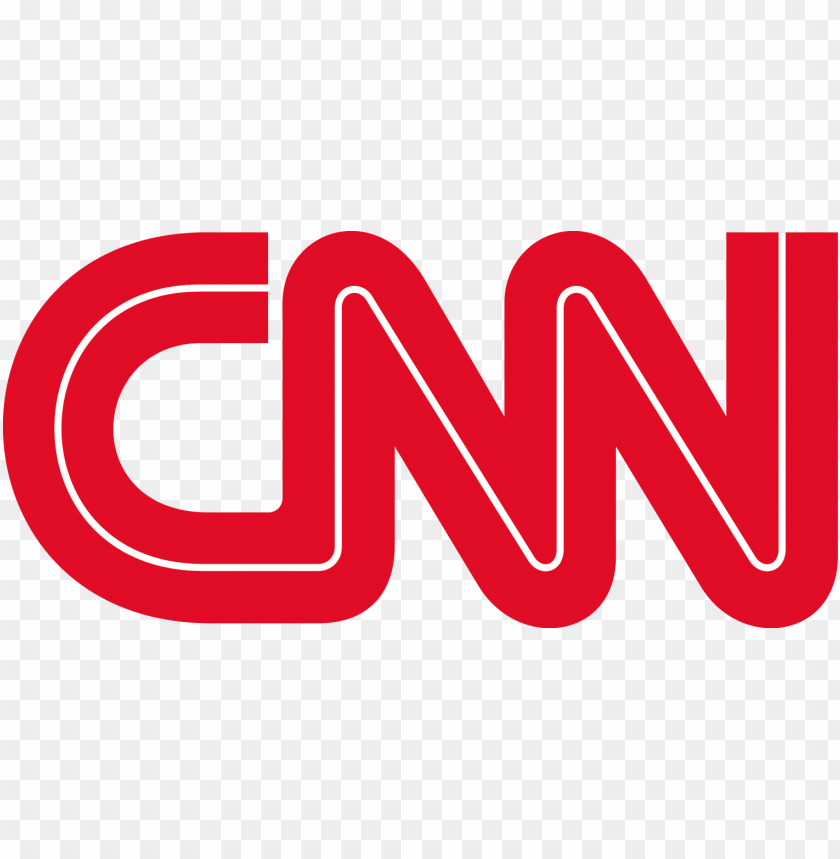 1 year ago
9
1 year ago
9

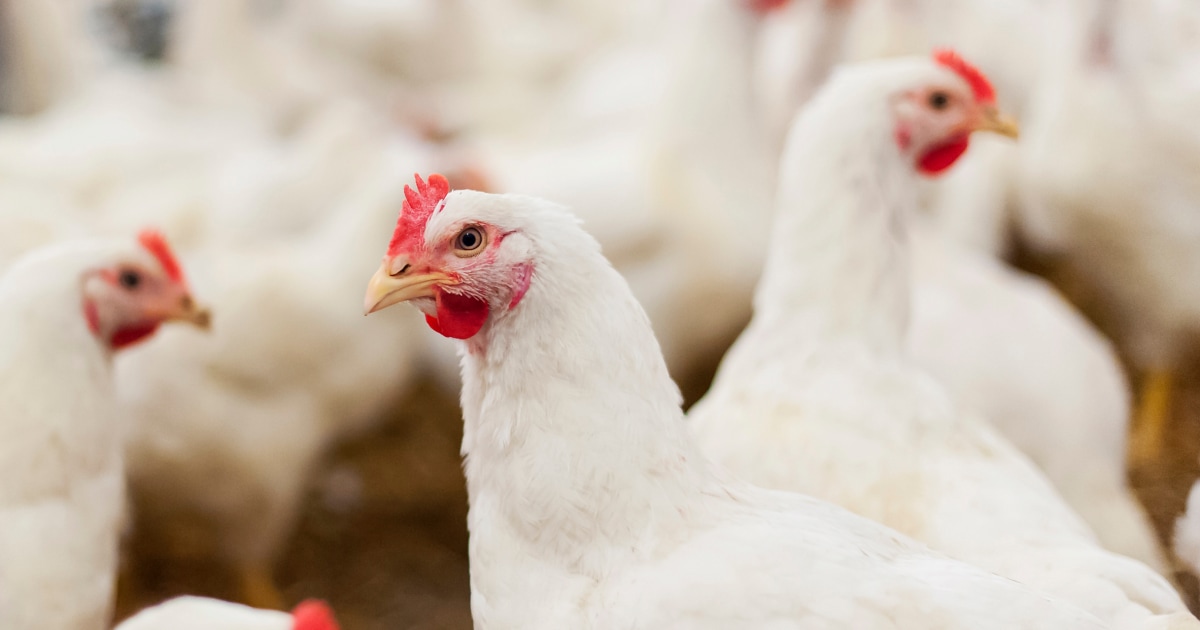
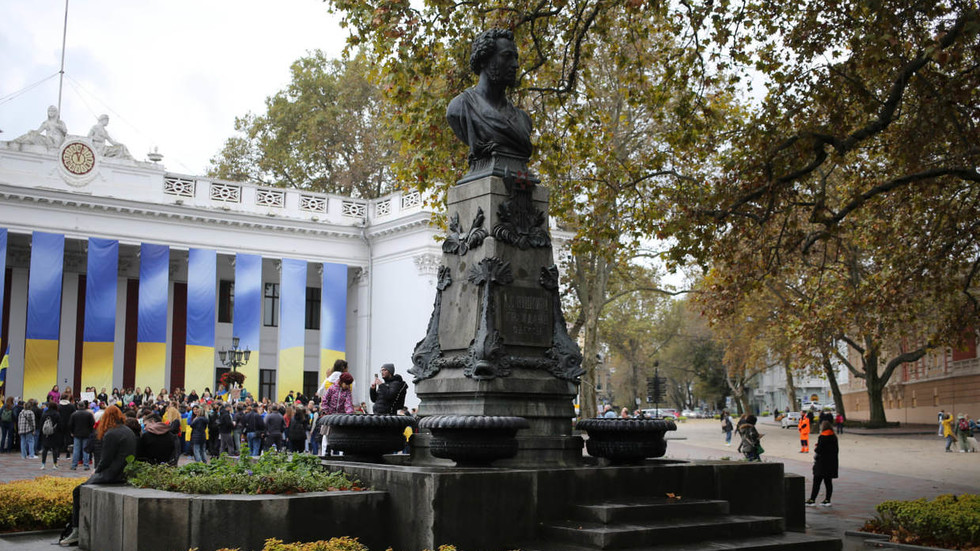




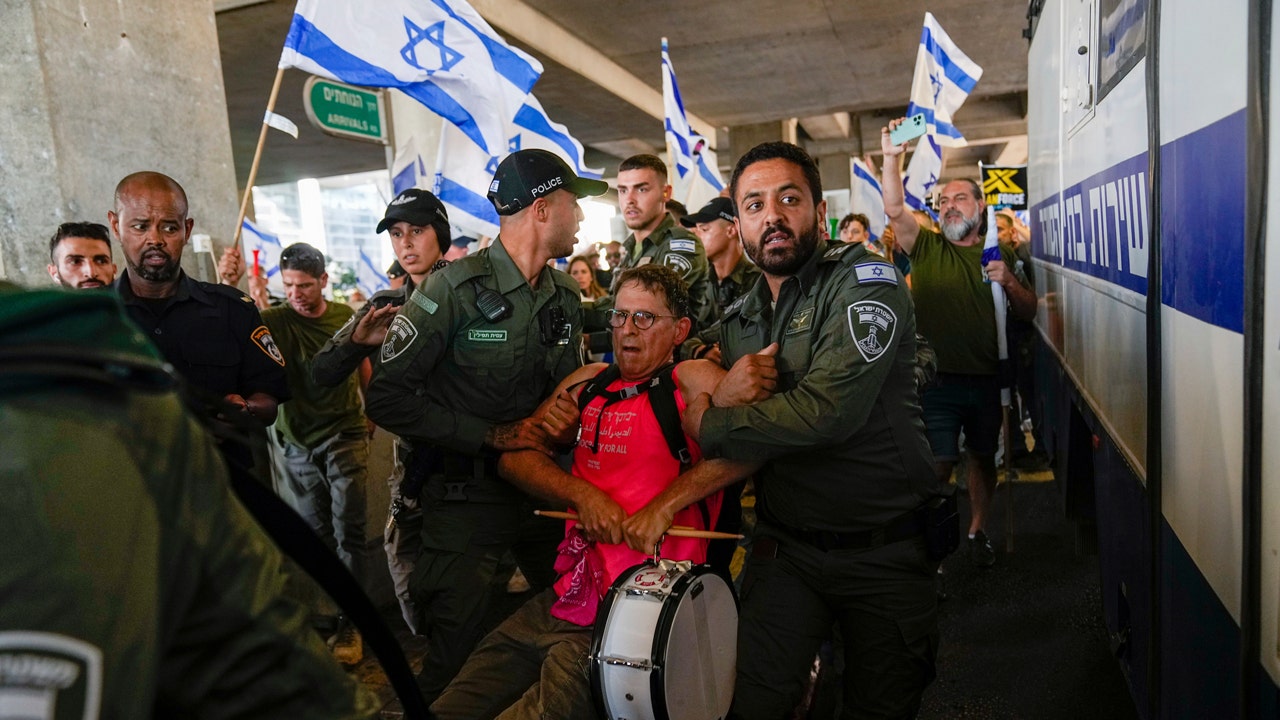
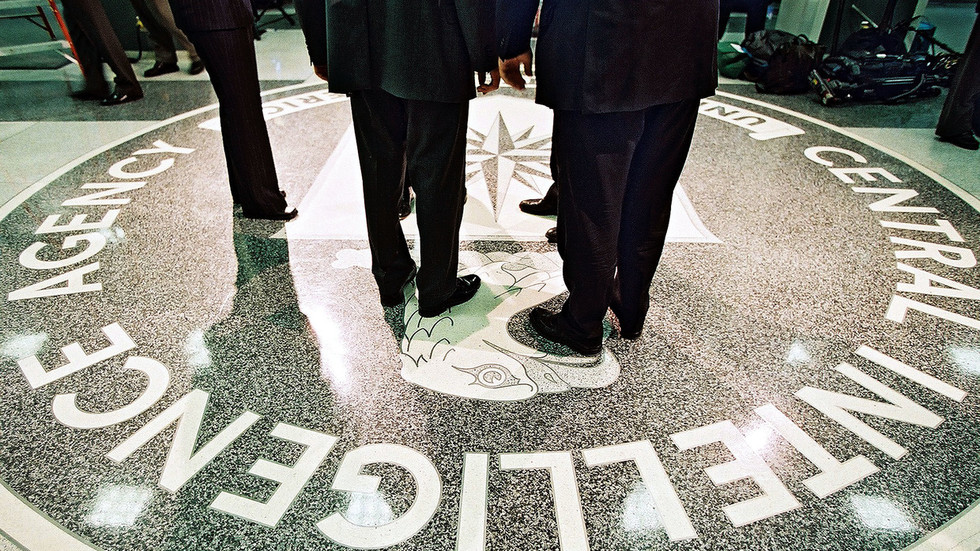
 English (US) ·
English (US) ·